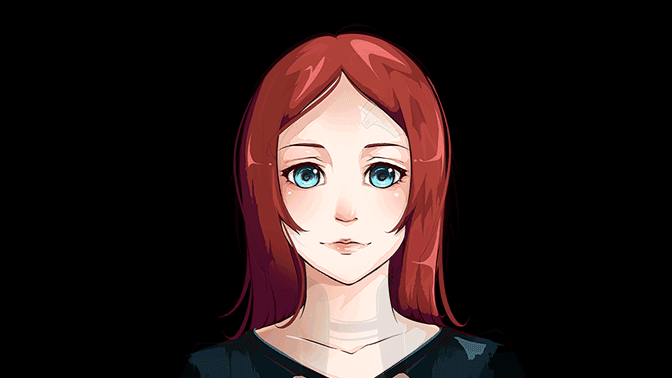Opinions on that topic may vary, but I'd recommend *not* referring to any kind of book, and learn instead through live drawing. It's very simple, too: pick any kind of paper/notebook you have handy, and just start drawing whatever and whoever's around you, no need to even leave the house (though that'll come in handy eventually to develop your mental catalogue of shapes further).
Once you've got a solid life drawing practice, you basically don't need any other kind of guide, you'll be able to pick and choose your references through images you like/random google searches, and know what you need to focus on. The one mistake amateur drawers make is try to learn through referencing (or worse, tracing! Never trace!) other's work (and yes, indeed, guidebooks fall into that as well), because all of those contain images produced through the lens of someone else's perception, meaning you will unwinttingly be learning someone else's mannerisms and symbolisms, which will ultimately lead to you not knowing how to draw properly (namely, anatomy and basic spacial representation, but also plenty of other stuff).
So my advice: start with the basics, as dull as this may sound, and practice every day, those are really the only two elements you need to go anywhere you want, drawing-wise!
(I've written much more in depth PMs to a few people on this very topic recently with exercice ideas and details about the benefits of each. If you're interested, I can resend them to you!)
I'm a bit afraid to sound like a broken record at this point, but I also fear it can't be stressed enough, as I see and hear more and more people wanting to find shortcuts to learn how to draw or a similar idea. There are no such things.
Drawing is a skill you need to learn and eventually master through the study and repetition of fundamentals. Much like you need to practice chords for music, or learn basic arithmetics before moving to complex equations, you need to have a solid grasp on the basics, ie: have a solid mental catalogue of shapes, a sense for anatomy, lighting and spacial representation for both figures and objects, and notions of motion for posing - ideally, all of these to know how to "draw anything", and only focusing on what you want/need if you have limited time and are only interested in a specific area - to get anywhere art wise. Any kind of shortcut to "gain time" will only make your work suffer in the long term.
I say all this, since you mention you want to focus on "cartoon" characters: keep in mind that drawing in any kind of stylisation demands to understand a naturalistic representation of things, otherwise you don't know why you/someone else stylizes the way they do. It may be a tired cliché, but it bears repeating: Picasso didn't start with cubism, he went there because he explored everything naturalist representation had to offer him at an age where most of us barely manage figurative doodles.
The good news is, once you have a solid understanding of the basics, you're basically free to go anywhere you like (and expand your horizons much, much further than you originally might have thought), and as long as you keep practicing, you can only move forward

(and final word regarding photoshop/tools in general: tools don't make the artist. Once you know how to draw what you want, it doesn't matter what you use. Most software have the same core principles, what changes are generally computation algorithms to get more efficient results on such or such effects, and keyboard shortcuts. Live drawing won't help you with Photoshop, true, but learning Photoshop won't help you draw, either. Focus on the basics for a few months, and you'll find you can do pretty much anything you want using anything you like. If you still need help at that point, you'll have much more detailed and precise questions that'll allow for guided answers relating to specific software usage. As it stands, if you're starting out (and oftentimes, even if not) I'd recommend against using software at all)











